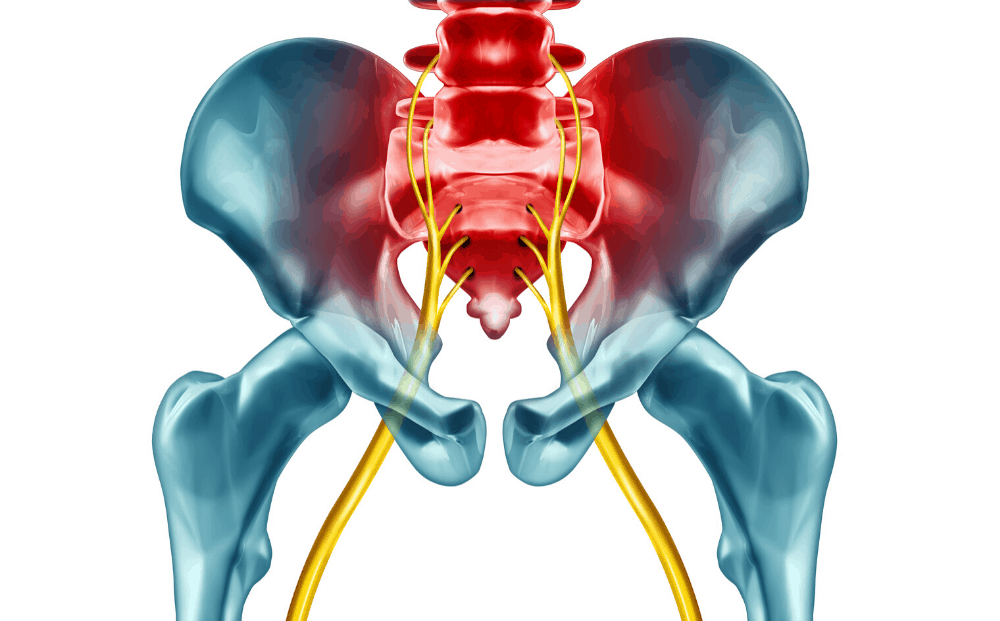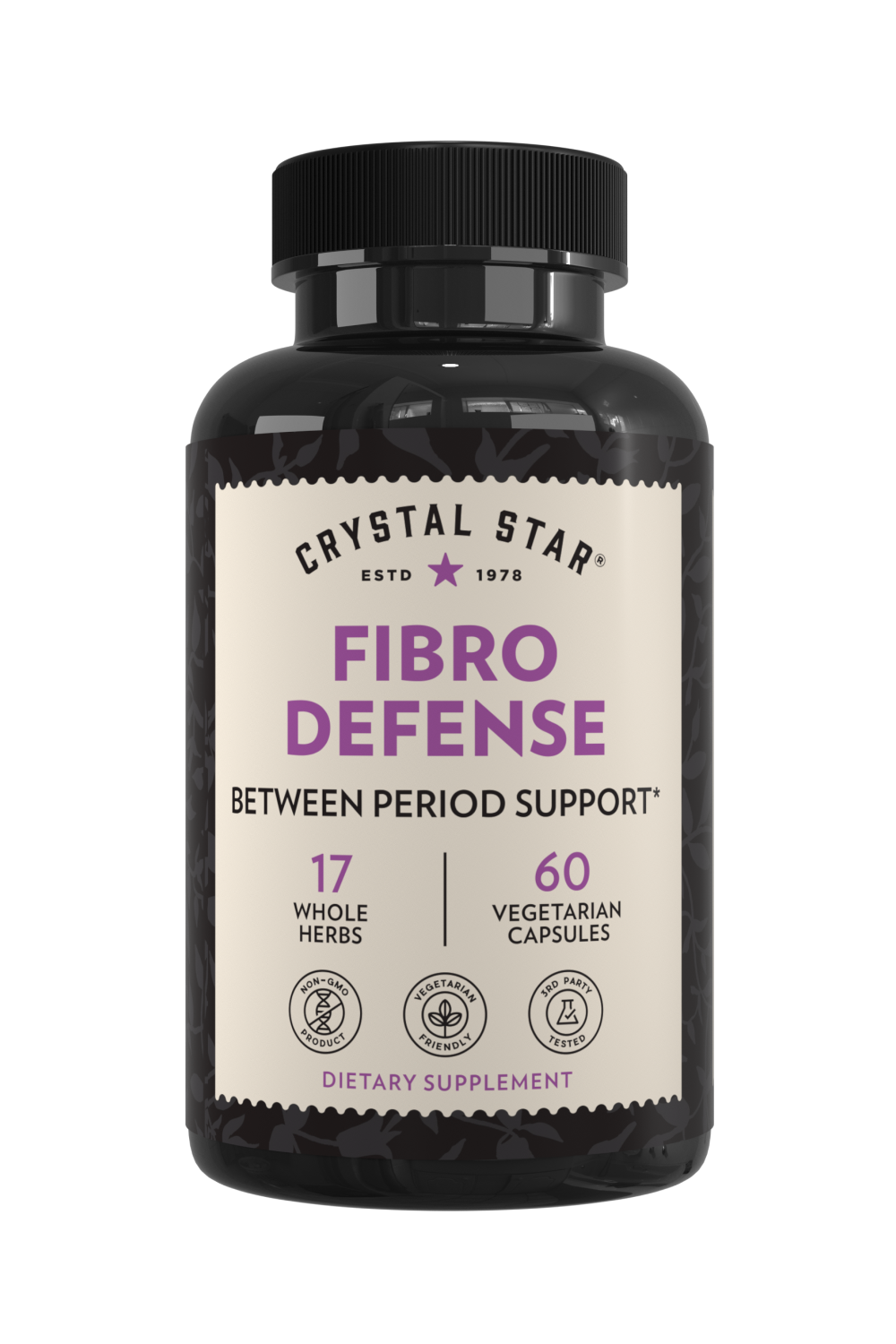
A DEFINITIVE GUIDE FOR THE SCIATICA TREATMENT BY GUEST BLOGGER DANIEL CLARK
Are you going through any kind of pain in the lower back and gluteal region? If yes, then you might be suffering from Sciatica problem. In Sciatica, the pain caused in the lower back and gluteal region radiates down through one or both legs that passes through the thigh, calf, ankle and foot. In fact, the genuine sciatica occurs when the pain travels below the knee.
Causes: The main cause of sciatica problem is due to the sciatica nerve compression. The most common disorders resulting in sciatic nerve pain include lumbar spine subluxations or the misaligned vertebral bodies, tumors, the herniated or bulging discs or the slipped discs, pregnancy and childbirth as well as non-spinal disorders that include constipation, diabetes or just sitting on one’s back pocket wallet. Another common cause of sciatica is the Piriformis syndrome that is located in the lower part of the spine which connects to the thighbone while assisting in the hip rotation. Usually, the sciatic nerve runs beneath the Piriformis muscle that is susceptible to the injury from a slip and fall, hip arthritis or by the difference in leg length. These situations could cause cramping as well as spasm in developing the Piriformis muscle while pinching the sciatic nerve while causing inflammation and pain.
Treatment: There are different types of treatment to get relieved from sciatica. Let us have a look at that:
· Drugs/Medications: The severity of the pain generally determines the treatment of sciatic pain. The doctors could prescribe certain medications or the spinal injections for treating sciatica. The most possible prescriptions could be:
· Epidural Steroid Injections: The steroids that could reduce inflammation could help ease for the sciatic pain. With the help of an epidural steroid injection, one could get a corticosteroid medicine that is injected near the spinal nerve roots that reduces the pain for several months.
· Over-the-counter NSAIDs (non-steroidal anti-inflammatory drugs): These could help reduce the swelling while relieving the pain; the doctors could suggest plenty of options to counter NSAID by using ibuprofen (Advil) or naproxen (Aleve).
· Prescription Medications: If one is suffering through chronic sciatica, the muscle relaxant sciatica treatment could help ease the muscle spasms. Other anti-depressant drugs can also be used among which some of them increase the body’s production of endorphins, a natural pain killer.
· Physical Therapy: The possible physical therapy treatments for sciatica are as follows:
· Deep tissue massage: Through this technique, the chronic muscle tension is being targeted that results in pressing the sciatic nerve or its related nerve roots.
· TENS (transcutaneous electrical nerve stimulation): In this therapy, the machine stimulates the muscles through variable intensities of the electrical current. TENS ultimately helps in reducing muscle spasms while increasing the body’s production of endorphins.
· Hot and cold therapies: In heat therapy, the physical therapist looks for to get more blood to the targeted area as increased blood flow could bring more oxygen and nutrients to that area. On the contrary, the cold therapy slows down the circulation that helps in reducing inflammation, pain as well as muscle spasms.
· Ultrasound: The ultrasound sends the sound waves deep into the muscle tissues while creating a gentle heat that enhances the circulation and helps in speed healing.
· Surgical Treatment:
· Disectomy or Microdisectomy: In this treatment, the surgeon removes all or part of a herniated disc that is pushing the sciatic nerve and causing the sciatica symptoms.
· Laminectomy or Laminotomy: In this treatment, the spinal cord and the part of the spine called the lamina is involved. The lamina is being removed from the body which is a bony plate that protects spinal canal. These procedures have tendency for creating extra space for the nerves by reducing the probability of the nerves to get compressed or pinched.
Other possible treatments of sciatica are through acupuncture, acupressure, biofeedback as well as yoga too. The chiropractic treatment can also be used while looking for best sciatica treatment. Thus, these were some of the causes and the related treatments of sciatica.
Daniel Clark is a medical expert and working in the medical field for several years as well as professional blogger too. He likes to share his recent researches on different medical conditions with his viewers. Here he is sharing different causes and treatments of sciatica.








